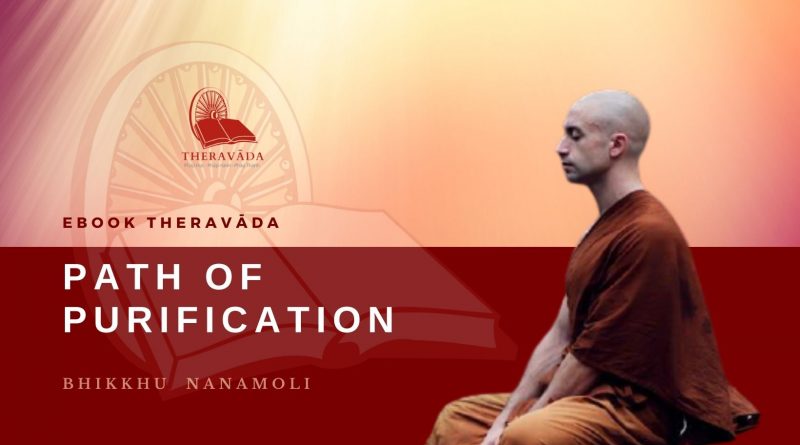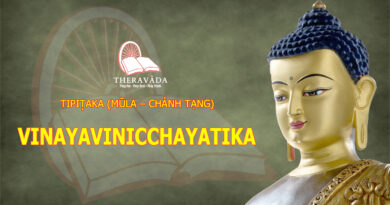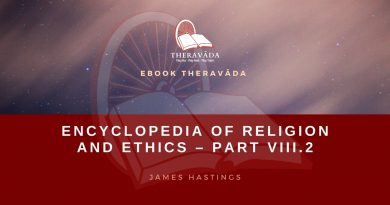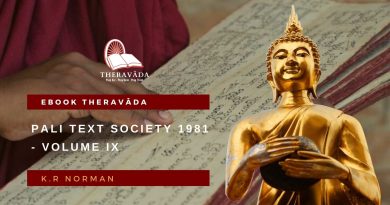Path Of Purification – Bhikkhu Nanamoli (eng)
Path Of Purification
Bhikkhu Nanamoli
MESSAGE FROM HIS HOLINESS THE DALAI LAMA
The history of the development of Buddhist literature seems to be marked by periods in which the received teachings and established scriptures are assimilated and consolidated and periods of mature creativity when the essence of that transmission is expressed afresh. Bhadantácariya Buddhaghosa’s Visuddhimagga is a classic text of the latter type. It represents the epitome of Pali Buddhist literature, weaving together its many strands to create this wonderful meditation manual, which even today retains the clarity it revealed when it was written.
There are occasions when people like to make much of the supposed differences in the various traditions of Buddhism that have evolved in different times and places. What I find especially encouraging about a book such as this is that it shows so clearly how much all schools of Buddhism have fundamentally in common. Within a structure based on the traditional three trainings of ethical discipline, concentration and wisdom are detailed instructions on how to take an ethical approach to life, how to meditate and calm the mind, and on the basis of those how to develop a correct understanding of reality. We find practical advice about creating an appropriate environment for meditation, the importance of developing love and compassion, and discussion of dependent origination that underlies the Buddhist view of reality. The very title of the work, the Path of Purification, refers to the essential Buddhist understanding of the basic nature of the mind as clear and aware, unobstructed by disturbing emotions. This quality is possessed by all sentient beings which all may realize if we pursue such a path.
Sometimes I am asked whether Buddhism is suitable for Westerners or not. I believe that the essence of all religions deals with basic human problems and Buddhism is no exception. As long as we continue to experience the basic human sufferings of birth, disease, old age, and death, there is no question of whether it is suitable or not as a remedy. Inner peace is the key. In that state of mind you can face difficulties with calm and reason. The teachings of love, kindness and tolerance, the conduct of non-violence, and especially the Buddhist theory that all things are relative can be a source of that inner peace.
While the essence of Buddhism does not change, superficial cultural aspects will change. But how they will change in a particular place, we cannot say. This evolves over time. When Buddhism first came from India to countries like Sri Lanka or Tibet, it gradually evolved, and in time a unique tradition arose. This is also happening in the West, and gradually Buddhism may evolve with Western culture.
Of course, what distinguishes the contemporary situation from past transmissions of Buddhism is that almost the entire array of traditions that evolved elsewhere is now accessible to anyone who is interested. And it is in such a context that I welcome this new edition of Bhikkhu Ñáóamoli’s celebrated English translation of the Path of Purification. I offer my prayers that readers, wherever they are, may find in it advice and inspiration to develop that inner peace that will contribute to creating a happier and more peaceful world.
DOWNLOAD EBOOK: Path Of Purification








